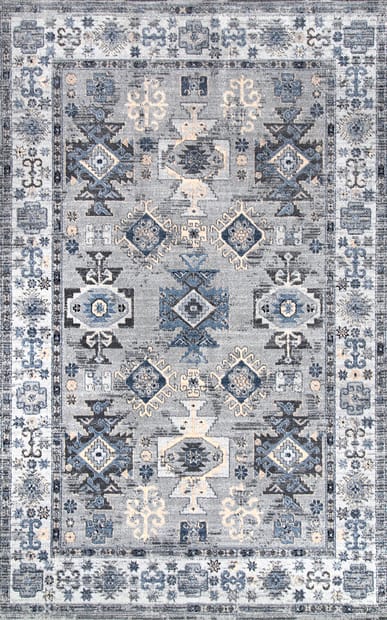The 2-Minute Rule for Turkish Tribal Rugs
Wiki Article
Some Of Tribal Area Rugs
Table of ContentsExcitement About Tribal RugsAbout Wool Tribal RugsSome Known Details About Tribal Area Rugs The smart Trick of Black And White Tribal Rugs That Nobody is Talking About
Many different people as well as Ethnic groups comprise individuals who have actually traditionally stayed in the area of modern Turkey, but they have the typical trait of a long background of rug weaving as well as textile weaving. Turkish tribes people made use of rugs as well as textiles in the assembly of their tents and also houses, to cover floorings, along with protection versus the cold.Words/ term "tribal" is among the terms that is constantly related to antique asian carpets. The term "tribal" often tends to evoke a variety sensations and concourse up visual associations. Many of the a lot more primitive tribal carpets were woven by people in a tribal social company. Greater than likely, these weavers were tent dwelling wanderers, relocating from area to put with the herds of sheep and also goats that gave the woollen for the carpets.

Typically, nomadic peoples opted to spend the warmer part of the year in encampments while retiring to permanent less active residences for the cold weather. None of this had any effect on the rugs they wove, at the very least in terms of layout. It probably did impact the size of the carpets they produced (tribal rugs afghanistan).
Everything about Turkish Tribal Rugs
Such carpets have actually long been regarded as the earliest and most genuine Turkoman carpetings - tribal kilim rugs. Antique Tribal Central Aisian Carpet, However in the midst of rebuilding a conventional Turkoman yurt or tent for an exhibition some years back, the curators were instead disturbed to discover that the Salor main rug they desired to utilize was so large that it just would not fit inside the camping tent.The recent research studies of Jon Thompson and others have actually revealed that several Turkoman styles or themes originate from the repertory of innovative Islamic textiles or carpets. The Turkoman rugs showing the earliest kind of such concepts, Extra resources those connected to the eighteenth or seventeenth centuries, end up to have cotton in their foundations, and/or they have actually harsh dyed brown outlines in place of the a lot more conventional natural brown wool describing of Turkoman rugs.
The analysis of both the woollen, which is that of local lamb, as well as the red color, which is Polish lac, recommend a northern, nomadic beginning. Numerous of the themes in the rug and also the excellence of the weave shows the clear influence of Persian court textiles, examples of which were found in the various other burial places at Pazyryk.
As for the concept that tribal pieces were likewise made primarily for regional domestic usage instead than industrial export like urban rugs, there as well, the situation is oversimplified or overemphasized. Clearly camping tent bands, wall surface bags, as well as wedding features etc were created regional interior consumption. However that never ever precluded the opportunity of selling pieces when and if it showed advantageous to do so.
The Only Guide to Tribal Rugs
It is likewise clear that rugs were woven in town tribal or nomadic setups simply to be marketed, which the weaver strove to generate or adjust what she knew would certainly for one factor or one more be trafficable. Neither is it most likely that this only happened in a "industrial" period after the nomadic or tribal method of life started to decline.

Yet therein lies the unique power of the tribal weaver her capacity not just to take in advanced suggestions from unique sources, yet additionally to change and also internalize them, to make them into something strikingly new and exciting, as well as to pass this trans developmental power on prospering generations of weavers (black and white tribal rugs).
The smart Trick of Tribal Persian Rugs That Nobody is Talking About
The term "nomadic" is usually come across in the carpet world to identify weavings that were produced by the nomadic individuals of Central as well as Western Asia as opposed to the woven productions of metropolitan. This difference operates numerous degrees. Initially it merely recognizes weavings that were generated by roaming, tent-dwelling peoples with a nomadic way of life, economic climate, as well as social company, rather than those living in worked out community or urban scenarios.Report this wiki page